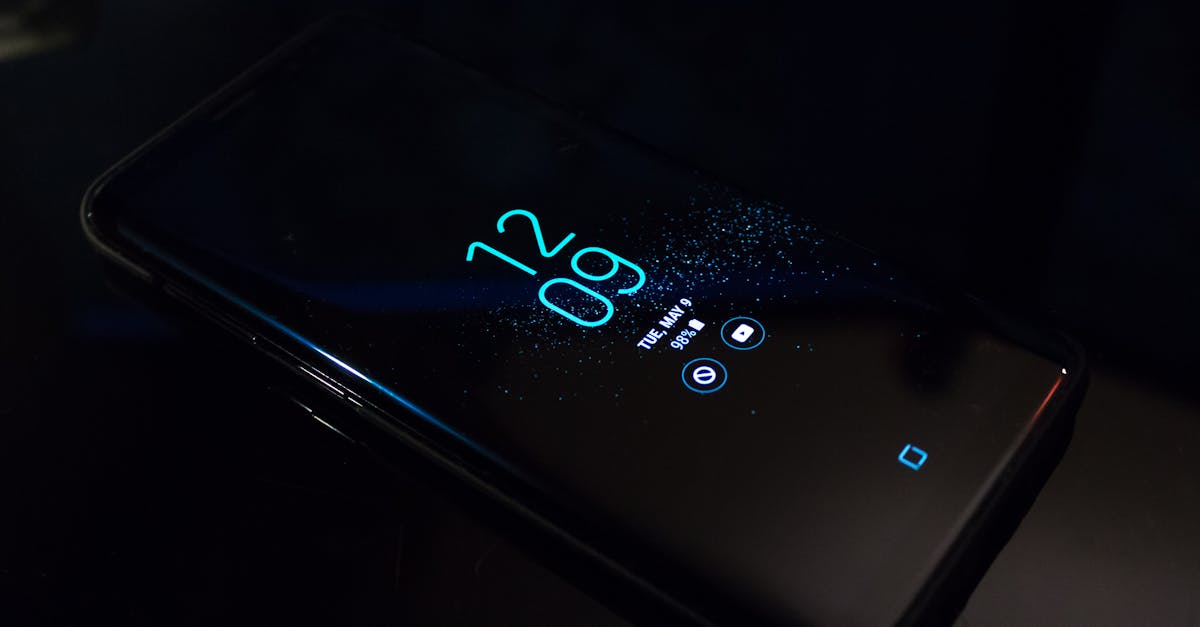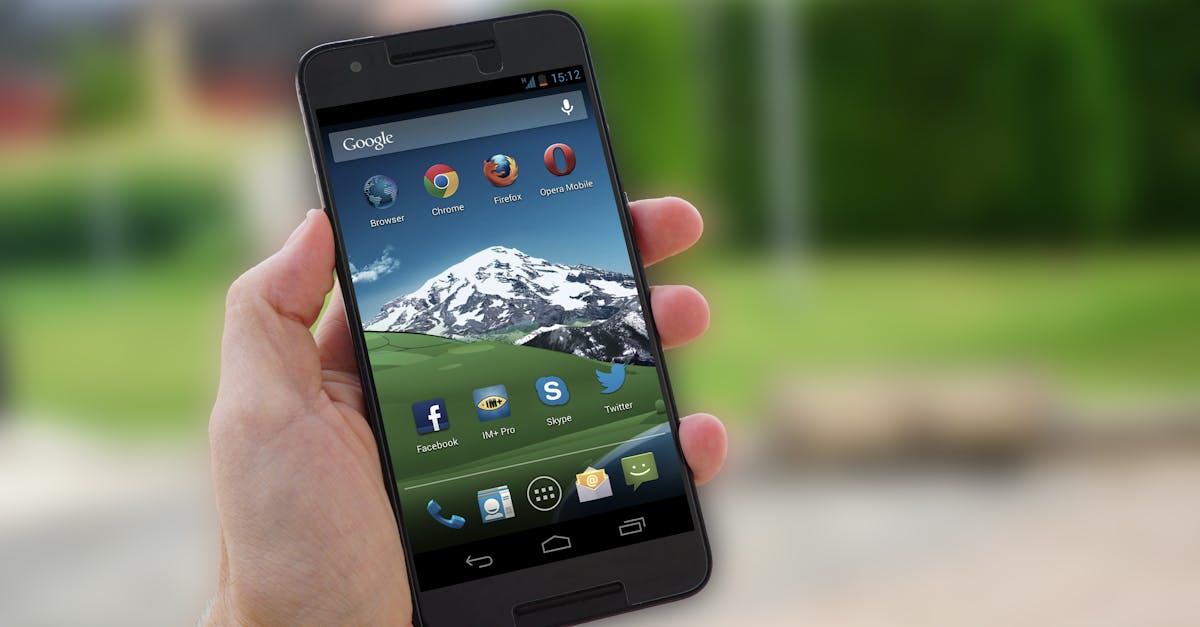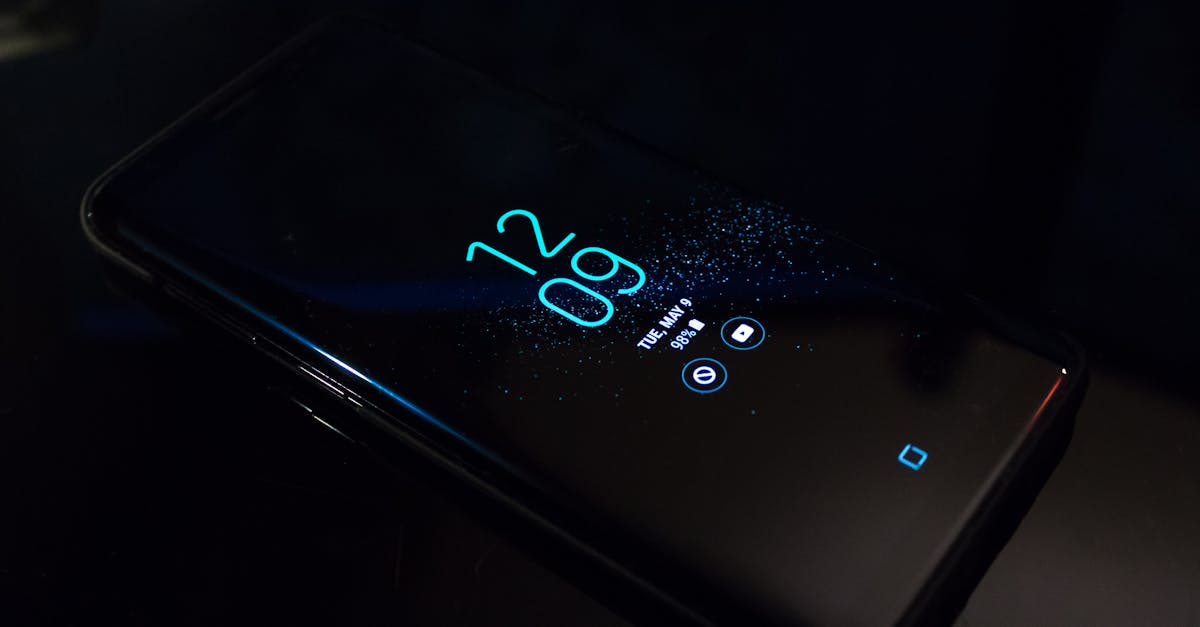Unveiling Mobile Breakthroughs Transforming Technology
Introduction to Mobile Breakthroughs
In a world where connectivity reigns supreme, mobile technology has consistently stood at the forefront of innovation. From health to commerce, the transformative power of mobile advancements is profoundly reshaping our daily lives. With every passing year, new breakthroughs in mobile technology redefine user experiences, offering unprecedented opportunities and capabilities. But what exactly are these technological innovations? How do they enhance our interactions with mobile devices? While the future remains thrillingly unpredictable, these breakthroughs point toward an exciting technological horizon. Join us as we delve into the mobile breakthroughs propelling humanity forward.
Advertisement
5G Networks and Beyond
The advent of 5G technology heralds a new era in connectivity, offering lightning-fast internet speeds and reduced latency. Unlike its predecessors, 5G supports large-scale Internet of Things (IoT) deployments, allowing seamless communication between devices. This development is particularly significant for smart cities and autonomous vehicles, where constant, reliable connectivity is vital. Enhanced mobile broadband ensures that users can stream high-definition videos, conduct video calls, and engage in augmented reality with minimal interruptions. Beyond 5G, research is already underway for 6G networks, which promise even more revolutionary changes. Such advancements pave the way for smarter world interactions and new mobile service innovations.
Advertisement
Augmented Reality Gets Real
Augmented Reality (AR) is no longer a futuristic concept but a present reality integrated into everyday mobile apps. AR overlays digital information onto the real world, enhancing the user's perception and interaction with their surroundings. Industries, ranging from retail to education, are harnessing this technology to provide immersive experiences. Furniture stores offer virtual previews of products in your living space, while educational institutions utilize AR to create interactive learning experiences. Mobile AR applications further extend to navigation, gaming, and healthcare, enriching user experiences across domains. As AR technology becomes more accessible, its integration into mobile platforms represents a significant leap forward in digital experiences.
Advertisement
The Leap to Foldable Devices
Foldable smartphone technology exemplifies one of the most innovative mobile breakthroughs of recent years. These devices offer the functionality of both a phone and a tablet, adapting to various user needs with ease. With displays that span the size of multiple devices, users can multitask like never before. Manufacturers are pushing the boundaries of design and functionality, with foldable phones boasting advanced hinge mechanisms and durable materials. While these devices initially received skepticism over durability, continuous improvements have addressed those concerns, making them an increasingly viable option. Foldable technology showcases the limitless possibilities of innovation, blending cutting-edge engineering with consumer-centric design.
Advertisement
AI Powered Mobile Applications
Artificial Intelligence (AI) has revolutionized the way users interact with mobile technology, adding a layer of personalization unmatched by previous innovations. AI-driven applications assist in various tasks, from curating music playlists to organizing daily schedules through virtual assistants like Siri and Google Assistant. Moreover, AI optimizes photography, offering automatic adjustments and enhancement techniques that turn ordinary snapshots into professional-grade images. Enhanced predictive text functions ensure users spend less time typing and more time enjoying content. Additionally, as AI algorithms learn from user behaviors, mobile applications can offer increasingly relevant and tailored content, thereby enriching the user experience significantly.
Advertisement
Enhanced Mobile Security Mechanisms
With mobile devices becoming gateways to personal and financial information, security remains a paramount concern. Recent breakthroughs have seen the emergence of advanced security mechanisms, including biometric authentication like fingerprint and facial recognition technologies. These features enhance security while simplifying user access to devices and applications. Furthermore, enhanced encryption methods protect sensitive data, ensuring privacy and integrity. Innovations such as secure multi-factor authentication are becoming standard practice, providing extra layers of security. As cyber threats grow in complexity, mobile security must evolve in tandem, making these advancements crucial for user safety and trust.
Advertisement
Wearable Technology Integration
Wearable technology, an extension of mobile innovation, integrates seamlessly into the user’s lifestyle, offering a plethora of functionalities. Smartwatches, fitness trackers, and health monitoring devices illustrate how wearables have moved beyond niche markets into mainstream popularity. These devices monitor health metrics, track physical activity, and even provide real-time notifications, making them indispensable to the modern user. By pairing with smartphones, wearables optimize user convenience and connectivity. Innovations like eSIM technology further enhance this integration, allowing wearables to function independently of traditional mobile networks. As wearable technology continues to evolve, it promises to redefine health monitoring and convenience.
Advertisement
Mobile Payment Revolution
Mobile payments have transcended traditional banking, ushering in an era of swift and convenient financial transactions. With applications such as Apple Pay, Google Wallet, and Samsung Pay, users can make contactless payments effortlessly, transforming the retail experience. This technology's rapid adoption integrates seamlessly with advancements like biometric authentication, augmenting security and user confidence. Beyond retail, mobile payments facilitate peer-to-peer transactions, e-commerce, and subscription services, highlighting their versatility. As cryptocurrencies and blockchain gain traction, they promise to further revolutionize mobile payment systems. This payment evolution signifies a broader shift towards digital wallets, minimizing the reliance on physical currency.
Advertisement
Green Mobile Innovations
As environmental consciousness rises, the mobile industry is embracing sustainable practices and innovations. Eco-friendly smartphone designs now incorporate recycled materials and energy-efficient components, reducing the carbon footprint. Emerging apps track and suggest ways for users to reduce energy consumption, promoting a greener lifestyle. Furthermore, biodegradable packaging and reduced e-waste initiatives are becoming standard industry practices. Consumers increasingly demand sustainable practices from companies, propelling manufacturers towards greener innovations. These sustainable practices not only benefit the environment but also strengthen consumer trust and brand loyalty.
Advertisement
Conclusion: The Future of Mobile Technology
Mobile breakthroughs continue to redefine technological landscapes, offering capabilities that were once unimaginable. From ultra-fast connectivity to AI-driven personalization, the mobile realm's innovation trajectory is both exhilarating and transformative. As we embrace new horizons with wearable devices and foldable displays, the convergence of these technologies will further enhance user interactions. However, as we advance technologically, addressing challenges related to security and sustainability will be paramount. The mobile industry's future remains bright, promising to unveil more groundbreaking innovations that will continuously redefine our world.
Advertisement








